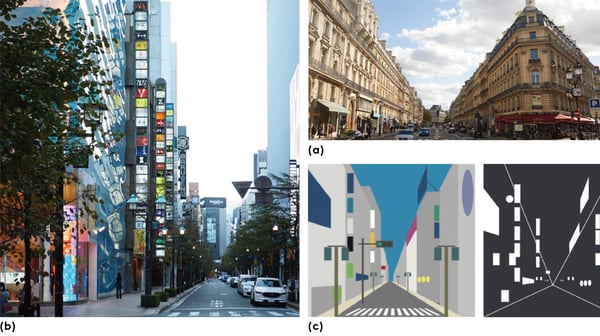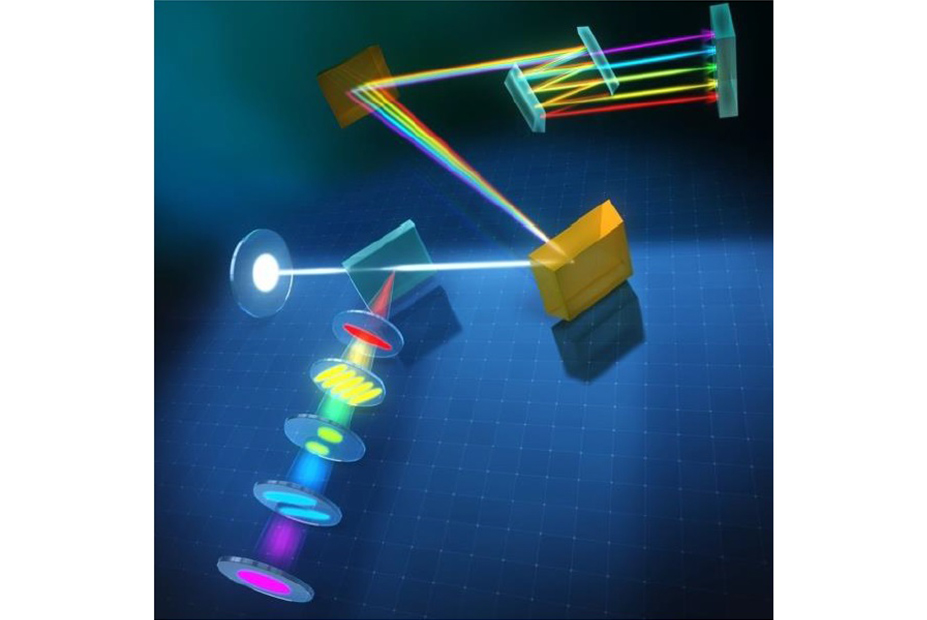Share this
Authors
Yuji YOSHIMURA, Tetsuya TAKAHASHI, Mami AOTA
Abstract
This paper discusses the concepts of aesthetic and nonaesthetic in streetscapes. The nonaesthetic refers to physical elements and spatial compositions that make the aesthetic emerge differently depending on the observer who sees them. Using Ashihara’s (1979) methodology for evaluating aesthetic townscapes and Sibley’s (1959) concept of aesthetic properties, this paper proposes a quantification of the nonaesthetic of streetscapes, focusing on streets in Ginza, Tokyo, and examining the spatial clustering of their nonaesthetic. For this, we used deep learning to quantify the distribution of physical elements and their spatial composition and a spatial clustering analysis to uncover hidden patterns in the streetscapes. These methodologies enabled us to assess streets across neighborhoods and districts and produce a comparative microscale analysis that covers a wider area. Thus, our study combines the fields of aesthetics, architecture, urban planning, and community design.

Psychologia: https://www.jstage.jst.go.jp/article/psysoc/advpub/0/advpub_2021-B022/_article
These Related Stories

